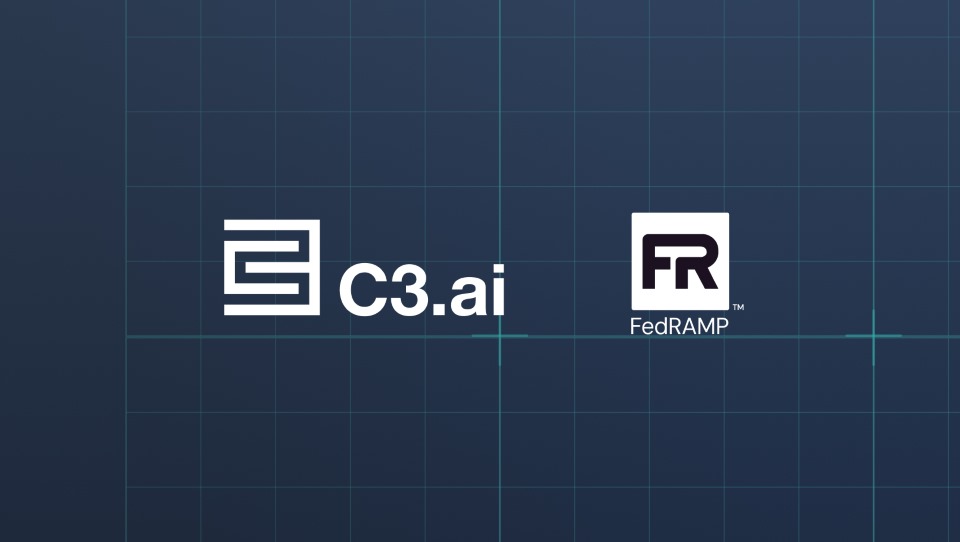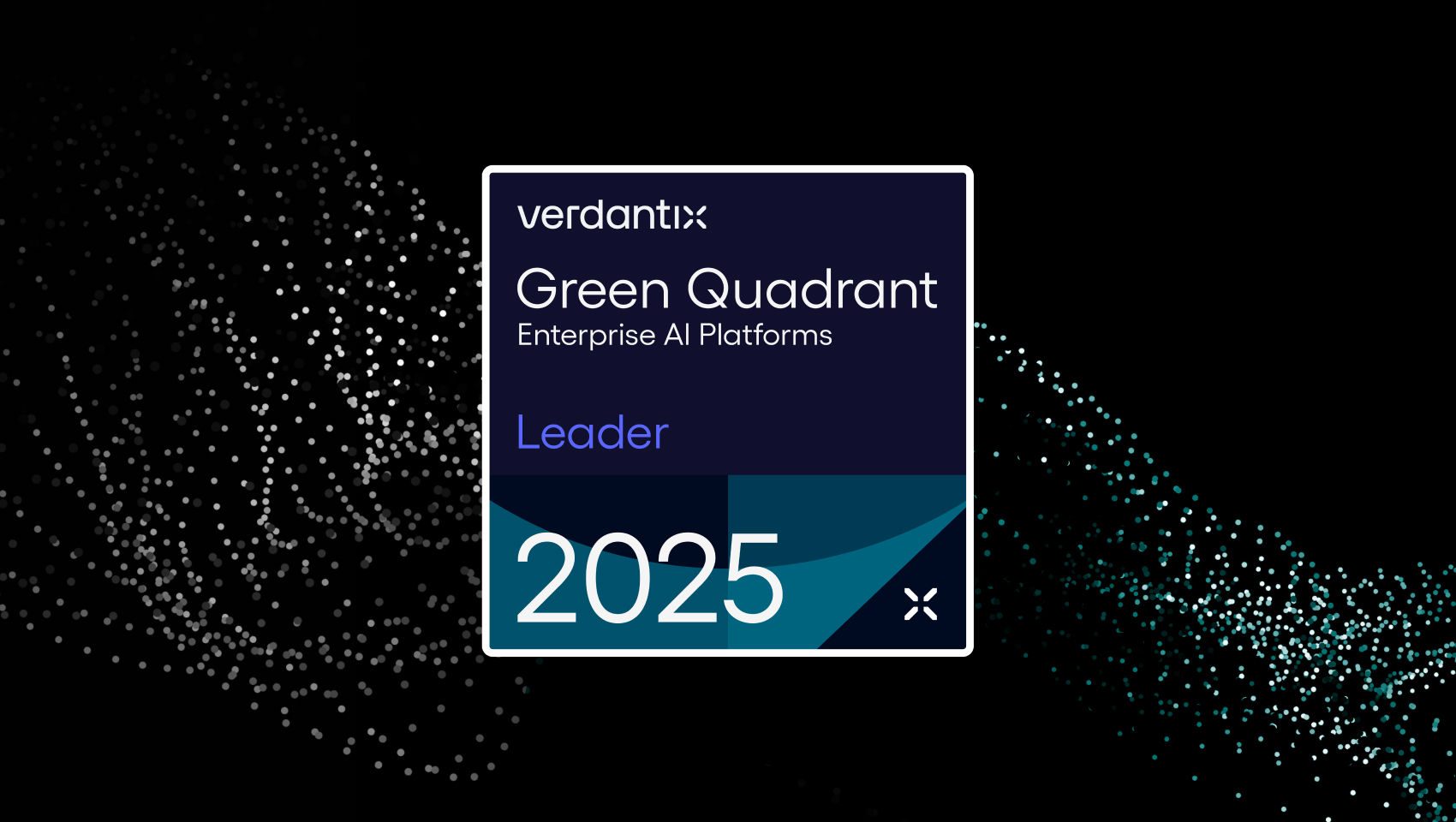The world is in a precarious condition due to climate change. Not surprisingly, companies are facing immense pressure from investors and customers to improve their transparency and performance on ESG issues, and many are getting positive feedback for their success. But the current state of environmental, social, and governance (ESG) programmes is not making an adequate difference for climate change fast enough.
Although most businesses have the best intentions, that will not matter in the end unless substantial and demonstrable improvements are made. This starts with setting aggressive, impactful ESG goals. But developing ESG goals and then monitoring and making progress towards them is among the greatest challenges faced by global businesses today. The incoming data sources are complex and divided, leading to insufficient analyses, inconsistent reporting, and unfulfilled promises.
This is where artificial intelligence (AI) can be a game changer for managing ESG efforts and, ultimately, addressing climate change. AI can help move the needle in the right direction by providing comprehensive ESG management solutions, reporting capabilities, and actionable emissions insights for even the biggest enterprise.
The right tools
Over the past two years, an increasing number of governmental bodies around the globe have enacted laws requiring corporations to report ESG metrics. In 2021, the European Commission adopted a proposal that will require companies to report on social and environmental impacts starting in 2024. The United Kingdom, Hong Kong, Singapore, and China have all updated their environmental and social disclosure guidance. And in August 2022, the US Securities and Exchange Commission proposed regulations to enhance and standardize climate-related disclosures.
But right now, most corporations are not yet prepared to meet these new requirements. They need automated solutions that integrate data and provide the full scope of emissions-tracking features and broader ESG performance management. AI is a big part of such a solution.
AI-powered solutions provide near real-time data fusion, validation and mapping to current standards and frameworks. For systems infused with AI, reporting is no longer a burden, and we can ensure the correct metrics are tracked. This includes Scope 1, 2, and 3 emissions, the last of which is notoriously difficult to track. This does require greater data collection and processing — mostly to track Scope 3 emissions — including the initial training for an AI model. However, once trained, the AI operates as inference that requires minimal computing resources.
And results show that corporations can make a difference simply by adopting a comprehensive tracking system. Those with automated solutions for emissions measurements are 2.2 times more likely to measure emissions comprehensively and 1.9 times more likely to reduce emissions in line with their ambitions.
Improved accountability
It’s increasingly clear that consumers and investors are becoming wise to greenwashing and false promises, while organizations are still struggling to implement sustainability solutions that provide meaningful climate action. The need to do so is urgent, for both the planet and to satisfy stakeholders. In research from PwC, almost half of investors surveyed expressed a willingness to divest from companies that aren’t taking sufficient action on ESG issues. The demand to succeed is not only external. Recruiters have also noticed that more and more employees favour companies with clear ESG commitments.
Initiatives that provide serious improvement for standardizing and delivering on ESG metrics can be delivered by AI solutions. This extends from ongoing operations all the way to reporting ESG outcomes. For example, AI-based predictive maintenance is how companies like Shell are delivering cleaner, safer, and more sustainable energy from existing assets as well as new renewable assets like wind farms. Shell’s investments improve the bottom line and the company’s impact on climate change.
Investing in these types of AI solutions isn’t just for tracking ESG metrics against goals. It is also about improving overall efficiency within the business, including improving supply chain logistics, demand forecasting, and optimizing sourcing and planning workflows — all of which can reduce emissions and a corporation’s impact on the climate.
Using AI to set and achieve better goals
The success of reaching any goal is limited by the target. And when that goal will be scrutinized by investors, customers, and employees — not to mention decide the future of our planet — choosing the right target is critical. We are past the point where companies can set incremental targets in response to growing global ESG pressures. For too long, organizations have been setting ESG goals without taking seriously the importance and challenge of making true, sustained progress.
Forrester reports that almost three-fourths of decision-makers of global enterprises say that they need a solution that allows them to better understand where they might be able to improve their ESG performance. The report also notes: “Firms must improve their internal data practices and find ways to bring more integrity to their ESG data so they can be more comfortable using it to make decisions.” That’s exactly where AI can help. AI can ingest enormous amounts of data, pull signal from the noise, and provide companies with a realistic roadmap and insights to meet ESG goals that truly make a difference in their bottom line and in their impacts on society and on the planet.
AI allows previously separated data streams to be integrated and reconciled and informs goal setting that takes the complete picture into account. When ESG metrics and financial data are divorced, companies fail to meet emissions goals. Corporations that connect all their relevant data within a unified AI platform — not just ESG and financial data streams — will benefit the most. When corporations can see the entire picture and understand all the ESG metrics, only then will we produce goals that provide meaningful change and avoid the worst effects of climate change.
Read the full article here.



